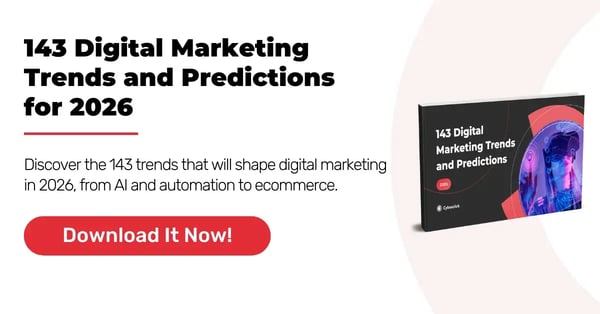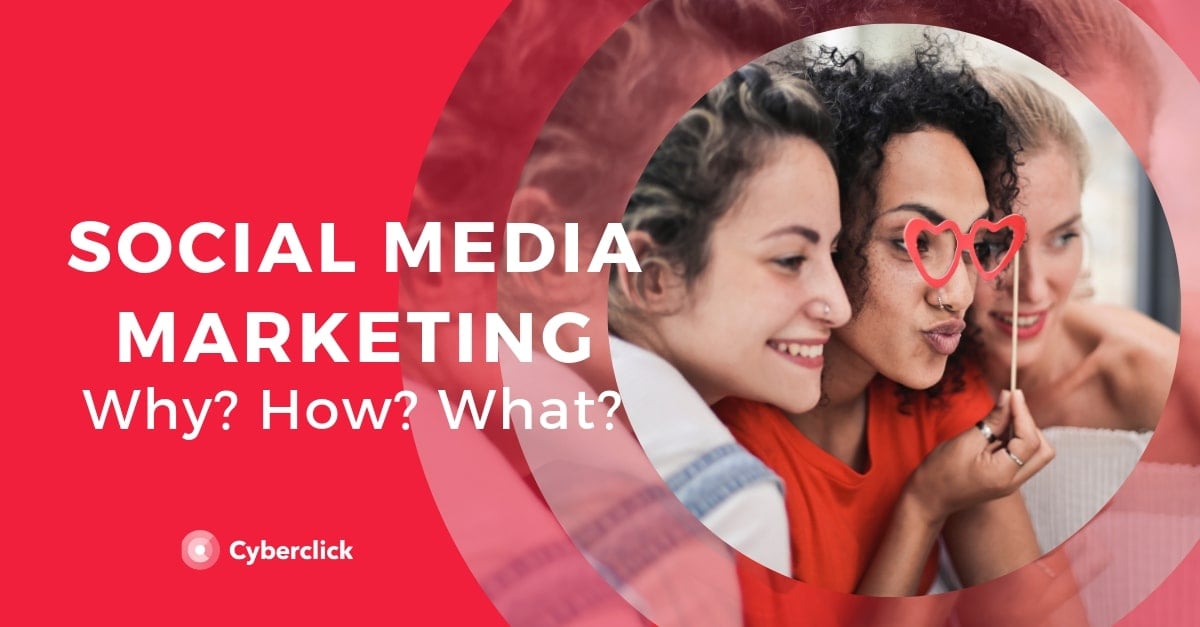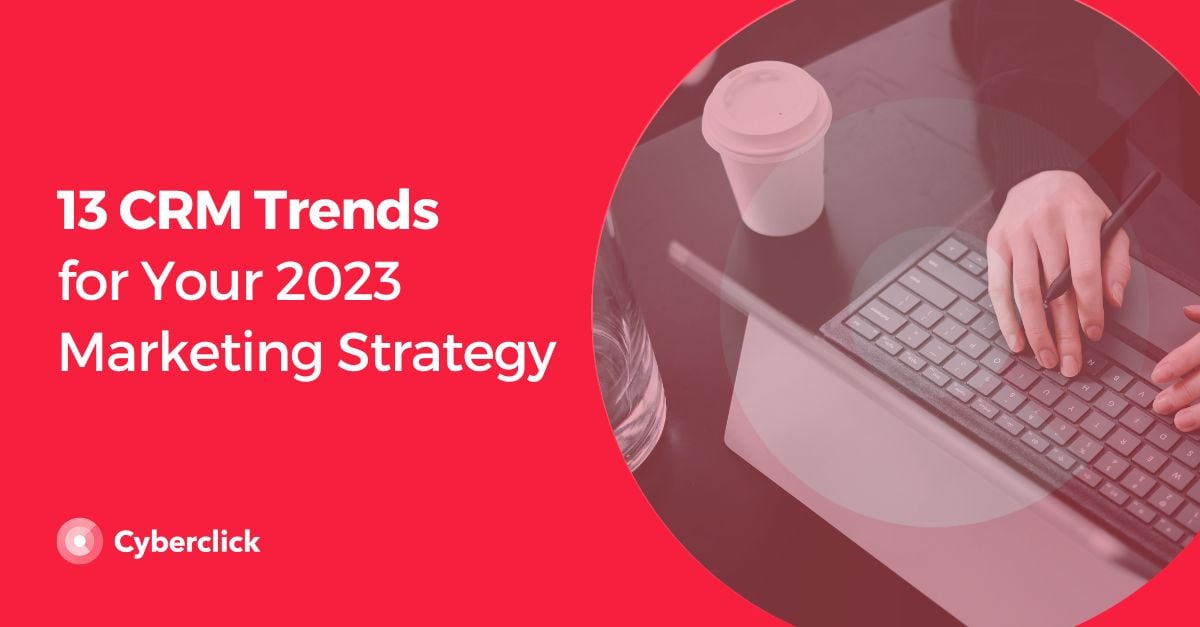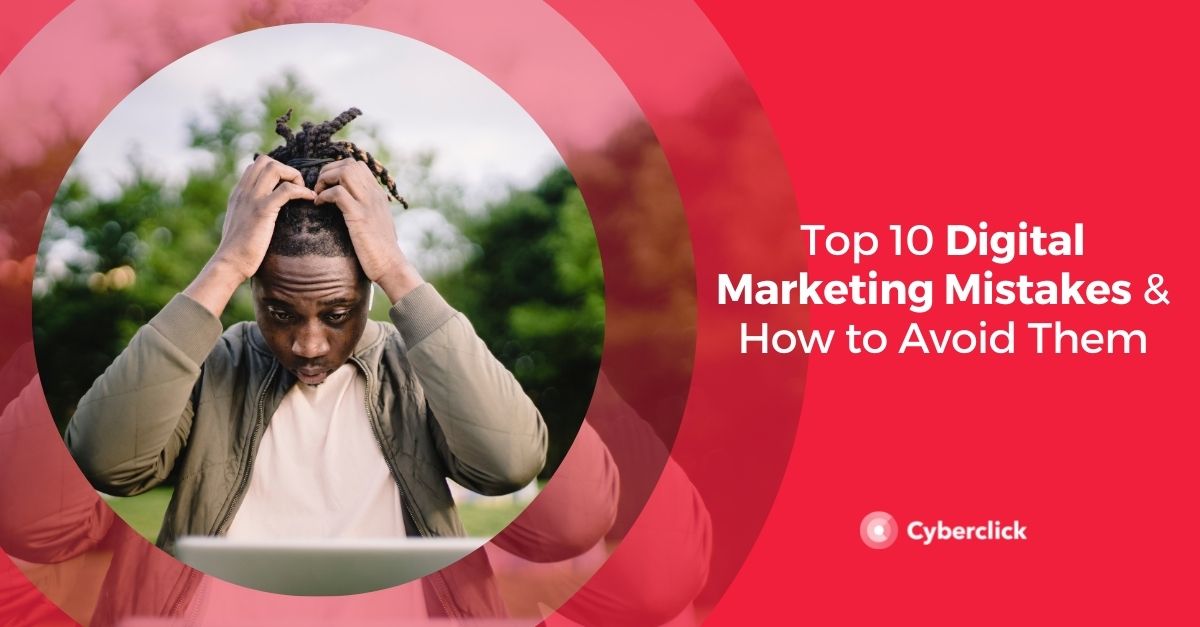The digital marketing landscape is evolving rapidly, and 2025 is set to bring transformative changes that will shape how brands connect with their audiences. From AI-powered tools to immersive content and sustainability-focused campaigns, staying ahead of these trends is essential for marketers in the U.S.
Here are 13 key trends tailored for the U.S. market to help you refine your strategy and drive results in 2025.
1. CRM + Specialized Applications
In 2025, CRM systems will remain the backbone of customer data management but will increasingly integrate with specialized applications tailored to unique business needs. U.S. businesses are opting for modular tech stacks, pairing robust CRMs like Salesforce, HubSpot, or Zoho with niche tools for marketing automation, customer support, or data analytics. This approach provides flexibility, allowing companies to select tools that align precisely with their goals while leveraging CRM as the central hub.
Furthermore, the proliferation of cross-platform applications ensures seamless workflows across devices, enabling better data consistency and collaboration among teams. For example, integration between CRM and project management tools can improve task coordination, while connections with social media monitoring tools offer richer insights into consumer behavior. With U.S. consumers increasingly engaging across multiple channels, these integrations help businesses deliver consistent, personalized experiences that drive satisfaction and loyalty.
2. AI Agents for Marketing Automation
AI Agents are revolutionizing marketing automation, taking routine and complex tasks to the next level by combining speed, precision, and personalization. Unlike traditional AI chatbots, these agents leverage advanced machine learning to interact dynamically with their environments. This allows them to analyze data, make decisions, and execute tasks such as customer segmentation, campaign optimization, and product recommendations without human intervention.
For instance, AI Agents can assess historical purchase patterns to suggest highly relevant products, schedule campaigns to maximize engagement, or even automate responses to customer inquiries in real-time. Their ability to integrate with multiple platforms ensures that businesses can scale these benefits across channels, making them indispensable for U.S. businesses aiming to remain competitive in a fast-paced digital landscape.
3. Advanced CRO with Predictive AI
Conversion Rate Optimization (CRO) is evolving rapidly, driven by the capabilities of predictive AI. In 2025, U.S. marketers will leverage AI tools that analyze vast amounts of user data to predict behavior and tailor experiences in real time. These tools can identify trends like the optimal time to serve content, the best-performing page layouts, or the highest-converting call-to-action (CTA) designs.
Unlike traditional CRO methods, which rely on historical data, predictive AI enables proactive adjustments. For example, an e-commerce site might display different homepage layouts based on user demographics or previous interactions, creating a highly personalized shopping experience. This level of customization not only increases the likelihood of conversion but also strengthens customer satisfaction, as users encounter content that feels uniquely suited to their preferences.
4. Revenue Operations (RevOps): Aligning Teams for Growth
The RevOps methodology is emerging as a game-changer for U.S. businesses looking to streamline operations and drive growth. By breaking down silos between marketing, sales, and customer service teams, RevOps creates a unified strategy that aligns goals and optimizes workflows. This collaborative approach enhances data sharing, ensuring that each department has the insights needed to make faster, more informed decisions.
For example, when marketing teams have access to sales data, they can craft campaigns that resonate with high-value prospects. Similarly, customer service teams can use insights from sales interactions to personalize support experiences, fostering stronger relationships. As competitive pressures in the U.S. market increase, RevOps ensures that businesses operate with agility and deliver seamless customer experiences across every stage of the buyer's journey.
5. Social Commerce: TikTok Shop and YouTube Shopping
Social commerce is reshaping how consumers shop online, and platforms like TikTok Shop and YouTube Shopping are at the forefront in the U.S. TikTok Shop allows users to discover and purchase products without leaving the app, catering to younger consumers who prioritize convenience and trend-driven buying. This "shoppertainment" model blends entertainment with commerce, making it highly engaging and effective.
Similarly, YouTube Shopping leverages video content to drive sales, with features like shoppable links, live streams, and expanded affiliate programs that allow creators to tag products directly in their videos. This approach not only empowers influencers but also turns content into a seamless shopping experience. For U.S. brands, these platforms offer opportunities to connect authentically with audiences, particularly in sectors like fashion, beauty, and home goods.
6. People-Led Marketing: Authentic Social Ads
Authenticity is the currency of trust in 2025, and people-led marketing focuses on leveraging genuine voices to create social ads that resonate with people. U.S. consumers, especially younger demographics, are drawn to content that feels unscripted and relatable, rather than polished and overtly commercial.
To succeed with this approach, brands are partnering with micro-influencers whose values align with their own, ensuring that endorsements feel natural and credible. Additionally, user-generated content (UGC), such as customer reviews or social media posts showcasing real-life product use, is becoming a key asset in ad campaigns. By integrating these authentic elements into paid promotions, businesses can achieve higher engagement rates while building trust and loyalty.
%20and%20How%20to%20Use%20It.png?width=639&height=570&name=2.12%20What%20is%20User%20Generated%20Content%20(UGC)%20and%20How%20to%20Use%20It.png)
7. AI-Enhanced Video Editing
With video content dominating digital platforms, AI-powered tools like CapCut, Adobe Premiere, and Canva are democratizing video creation. These tools enable marketers to produce professional-quality videos quickly by automating complex editing tasks, such as cutting filler words, generating captions, or applying filters.
In the U.S., short-form video platforms like TikTok, Instagram Reels, and YouTube Shorts remain essential for brands looking to engage audiences effectively. AI tools not only make video production accessible to smaller businesses but also allow larger brands to create content at scale, keeping pace with ever-growing consumer demand. Features like script-to-video conversion and automated highlights ensure that brands can produce tailored content that captivates viewers while maintaining efficiency.
8. SEO and Social Media as Search Engines
SEO is undergoing a transformation as search behaviors shift and AI-powered tools like ChatGPT Search gain traction. For U.S. marketers, optimizing for zero-click searches—where users find answers directly in search results—is critical. This involves crafting content that earns rich snippets, featured placements, and AI citations to remain visible.
Additionally, younger audiences are increasingly using social platforms like TikTok and Instagram as alternative search engines, searching for product reviews, how-tos, and recommendations. Brands must adapt by optimizing their social media content with keywords, hashtags, and formats that align with search intent, ensuring they appear in relevant queries and capture audience attention.
9. Data Privacy and Compliance
Data privacy is a growing concern in the U.S., with regulations like the California Consumer Privacy Act (CCPA) leading the charge. These laws are reshaping how businesses collect, store, and use consumer data, emphasizing transparency and user consent. Marketers must adopt privacy-first strategies, such as offering clear opt-in choices, anonymizing user data, and being upfront about how information will be used.
Beyond compliance, prioritizing privacy can enhance consumer trust. Businesses that are transparent about their data practices and align with ethical standards will have a competitive edge, as U.S. consumers increasingly value security alongside personalization in their online interactions.
10. Sustainability and Purpose-Driven Marketing
U.S. consumers, particularly Millennials and Gen Z, are demanding that brands stand for more than profit, expecting commitments to sustainability and social causes. Purpose-driven marketing focuses on showcasing these values through campaigns that highlight environmental efforts, diversity initiatives, or ethical business practices.
For example, a clothing brand might emphasize its use of recycled materials or a tech company could spotlight its carbon-neutral operations. Authenticity is key—businesses must back their claims with tangible actions to avoid being accused of “greenwashing.” By aligning with causes that matter to their audience, brands can build deep emotional connections and differentiate themselves in an increasingly competitive landscape.
11. Voice and Conversational AI
Voice technology is becoming an integral part of U.S. households, with smart speakers like Amazon Alexa and Google Home seeing widespread adoption. As a result, optimizing for voice search—by focusing on conversational keywords and structured data—is essential for marketers aiming to remain visible in this evolving space.
Meanwhile, conversational AI tools, such as advanced chatbots and virtual assistants, are revolutionizing customer service. These tools enable businesses to provide personalized support at scale, whether through answering FAQs, guiding users through purchases, or even offering proactive recommendations. For U.S. brands, integrating voice and conversational AI into customer interactions ensures accessibility and enhances satisfaction.

12. Interactive and Immersive Content
Interactive and immersive content is redefining engagement, with Augmented Reality (AR) and Virtual Reality (VR) becoming mainstream tools in the U.S. market. AR features, such as virtual try-ons for fashion, makeup, or eyewear, are helping e-commerce brands overcome purchase hesitations and boost conversions. Similarly, furniture retailers use AR to let customers visualize products in their spaces, creating a seamless bridge between online and offline experiences.
On the VR side, industries like entertainment, real estate, and travel are leveraging immersive experiences to captivate audiences. For instance, VR property tours enable buyers to explore homes remotely, while travel companies offer virtual previews of destinations to inspire bookings. These technologies, combined with interactive content like polls or 360-degree videos, allow brands to create engaging and memorable consumer interactions.

13. Subscription-Based and Loyalty Models
The subscription economy continues to flourish in the U.S., fueled by consumer preferences for convenience, personalization, and consistent value. From streaming services like Netflix to niche offerings like fitness apps and subscription meal kits, brands are finding success by delivering tailored experiences that simplify decision-making for their customers.
To stay competitive, businesses are refining their loyalty programs with personalized incentives, such as exclusive discounts, early access to products, or free upgrades. For example, Starbucks Rewards allows members to earn points for free beverages, while Amazon Prime combines fast shipping with exclusive entertainment. As competition in the subscription market intensifies, focusing on retention through superior customer experiences and adaptive pricing models will be critical for long-term growth.
Conclusion
As digital marketing continues to evolve in 2025, staying ahead requires embracing technology while remaining consumer-centric. The trends outlined here—from AI-driven personalization to sustainability and immersive experiences—are shaping the future of marketing in the U.S. market.
By integrating these strategies into your approach, your brand can stay competitive, connect with audiences more effectively, and drive measurable success in the coming year.
Responsable de la estrategia de contenidos y visibilidad en Cyberclick, con enfoque Allbound y especialización en posicionamiento SEO, GEO y automatización con IA. Gestión avanzada del CRM con HubSpot: base de datos, workflows, lead nurturing, scoring y reporting. Experiencia en marketing digital, comunicación corporativa y periodismo, uniendo estrategia, creatividad y tecnología para captar y convertir leads cualificados.
Responsible for content and brand visibility strategy at Cyberclick, with an Allbound approach and specialization in SEO, GEO (Generative Engine Optimization), and AI-powered automation. Advanced HubSpot CRM management: database segmentation, workflows, lead nurturing, scoring, and reporting. Background in digital marketing, corporate communications, and journalism—combining strategy, creativity, and technology to attract and convert qualified leads.






Leave your comment and join the conversation